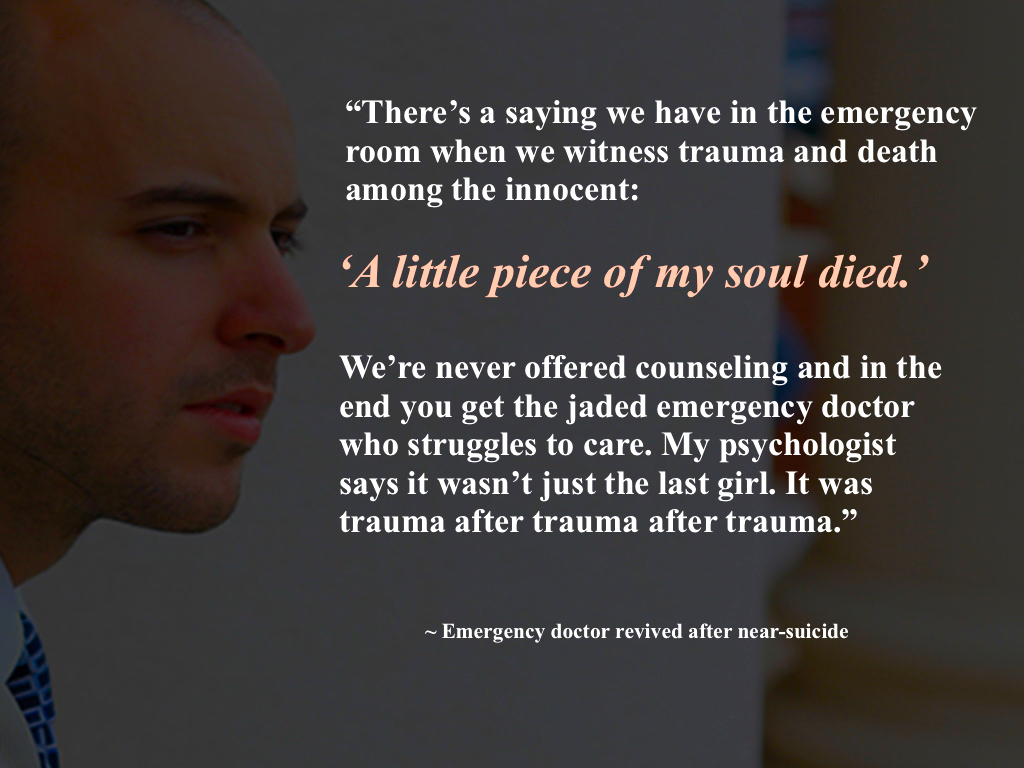Do we just give up for now? I don’t think that is advisable. Too much is at stake. And there are many other significant ways, all far less politically charged, and therefore more politically possible, that we could improve the American health care system.One of the most important ways we could improve things is through administrative simplification. Modern health care workers and patients alike are caught in a huge tangle of administrative paperwork, confusing rules, and confounding regulations. It is estimated that one-third of every dollar spent on health care in America goes towards administrative costs. Therefore, reducing the administrative burden could significantly lower the overall costs of health care to the nation (or we could increase the amount we spend on actual medical care). Administrative simplification would be relatively easy and should be politically palatable. Done well, it could be wildly popular with both patients and physicians.
The American medical billing and coding system is long overdue for just such a makeover. Getting paid for even the most basic medical goods and services is a multi-stepped, convoluted nightmare that creates huge and unnecessary costs, and invites mistakes and abuses. Ridiculously complicated coding systems and documentation requirements are the rule and have the same effect. It is a distraction for all medical professionals almost every moment of the day. Medical practices must focus on billing and payment issues almost more than medical care.
How has this occured ? Much of it began with Medicare's unbalanced approach to reducing or eliminating fraud and abuse of the Medicare system. To reduce it Medicare began a system of 'over documenations' to provide a trail of evidence to be able to allege fraud. The intensity of billing and coding for diagnosis has become an overriding concern and time parasite on healthcare. It produces a heavy cost on medicine and healthcare for providers, hospitals, and medical suppliers.
How do we fix it?
Coding and documentation requirements should be markedly streamlined, and most billing should be eliminated in favor of point-of-care payment cards. This would represent an incredible improvement and money-saver for American health care.Health reform is dead. So what can we do now?
The next area of focus should be health care computerization. A generation of American physicians is now forced, by government mandate (the dreaded federal meaningful use program, which started in 2011), to use electronic health record (EHR) software systems that are not ready for prime time — they don’t work well, slow things down, and cost too much. Many physicians now spend hours, often late at night, catching up on chart notes and other tasks because their EHRs were too slow to use during actual patient care hours. EHRs have simply failed to deliver on their great promise. And because of their huge costs, most physicians are stuck with what they have. The federal government with incentives coerced the health system into purchasing inadequate poorly designed EHRs. Billions of dollars were wasted.
There are many other ways we could improve the nation’s health care system even without broad payment reform. I will mention one way we could lower the costs of care in the U.S. that does not receive enough emphasis — healthier Americans. It is estimated that two-thirds of every dollar spent on actual medical care (non-administrative spending) relates to preventable chronic diseases, such as heart disease (the nation’s number one killer) and diabetes. The best way we could lower the costs of care in this country is to reduce demand — by preventing such preventable diseases. Health promotion should be a centerpiece of our national health care policy. Schools, and even more importantly, places of work should set aside time every day (it could be 5 minutes of every hour) for structured exercise. We must go beyond past efforts to create a new American health culture. The economic impacts could be huge. And, as I said in a recent BBC interview, your best bet until things get better in health care is, “Don’t get sick.”
After the many bureaucratic changes that followed the passing of the Affordable Care Act (Obamacare) and other legislation, patient care has become secondary to satisfying the whims of government and giant insurance company administrators, who are in total control. The result is a web of complicated rules and misguided programs whose chief effect has been to distract doctors and nurses from their proper focus on patient care. Access to health care now depends on the ability of patients, doctors, and nurses to navigate in and around this cumbersome and ever-changing system.Improving health in the United States should not be a political problem. Whose problem is it ?
After the many bureaucratic changes that followed the passing of the Affordable Care Act (Obamacare) and other legislation, patient care has become secondary to satisfying the whims of government and giant insurance company administrators, who are in total control. The result is a web of complicated rules and misguided programs whose chief effect has been to distract doctors and nurses from their proper focus on patient care. Access to health care now depends on the ability of patients, doctors, and nurses to navigate in and around this cumbersome and ever-changing system.Improving health in the United States should not be a political problem. Whose problem is it ?













